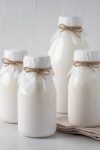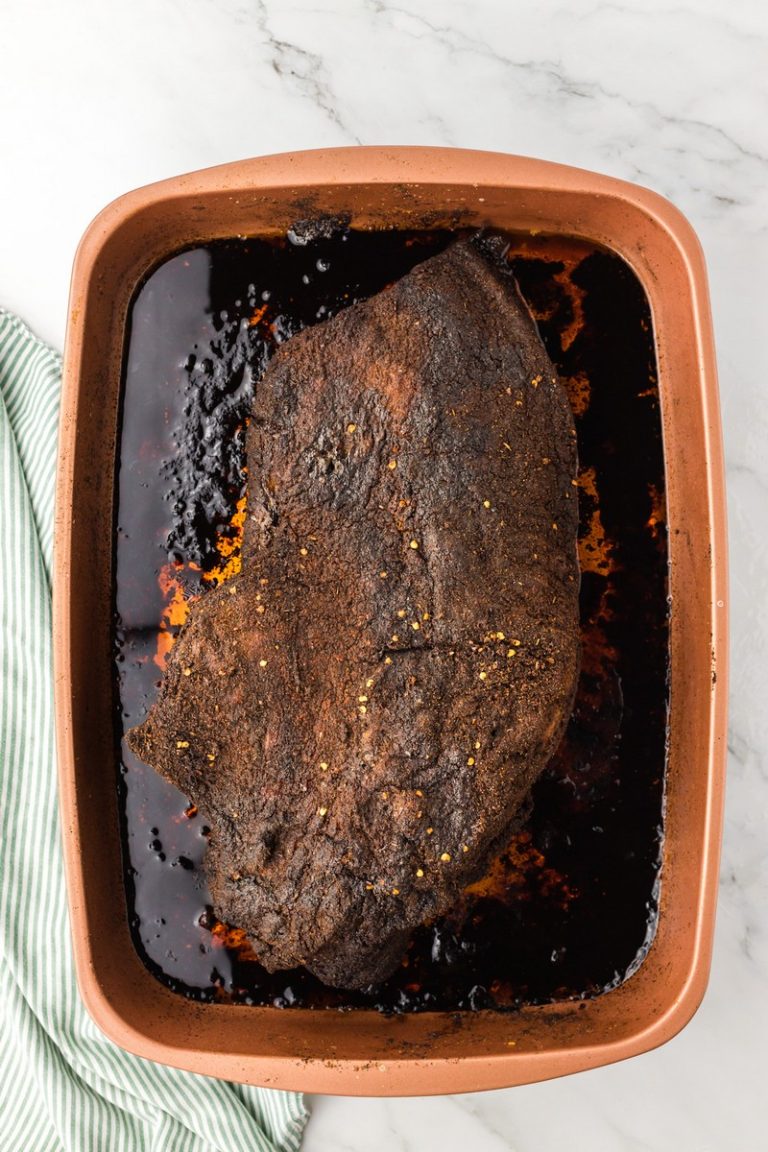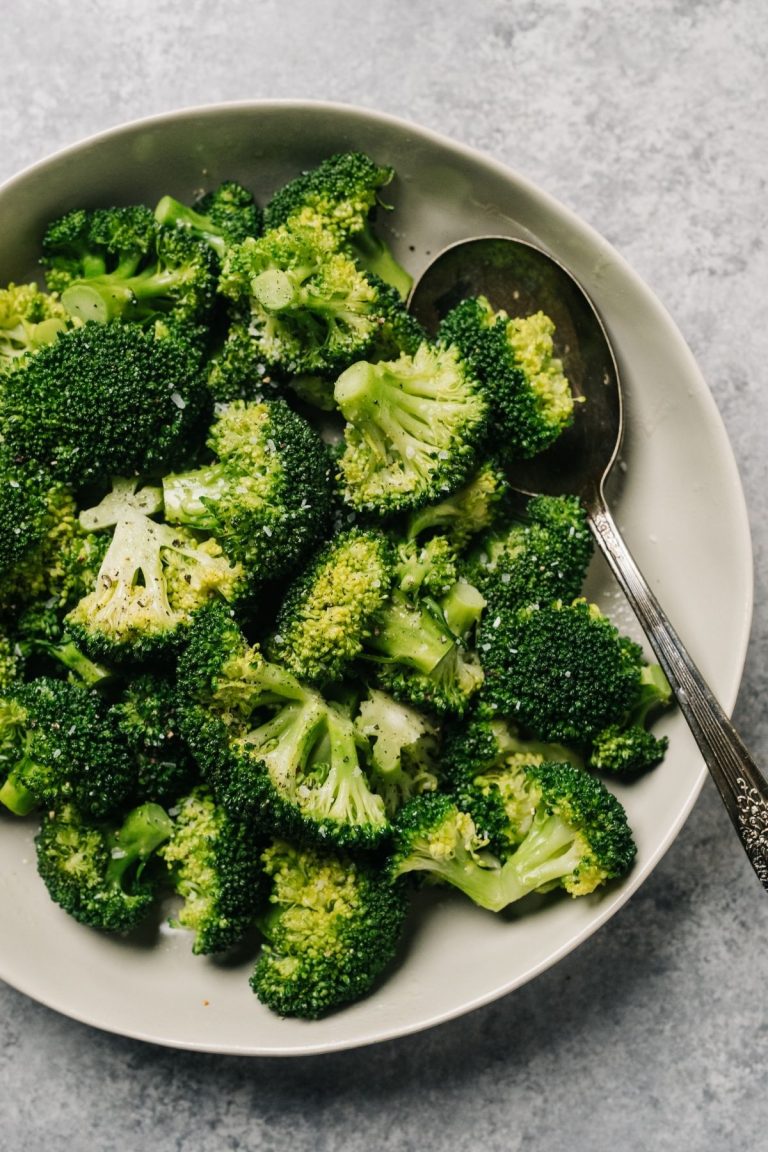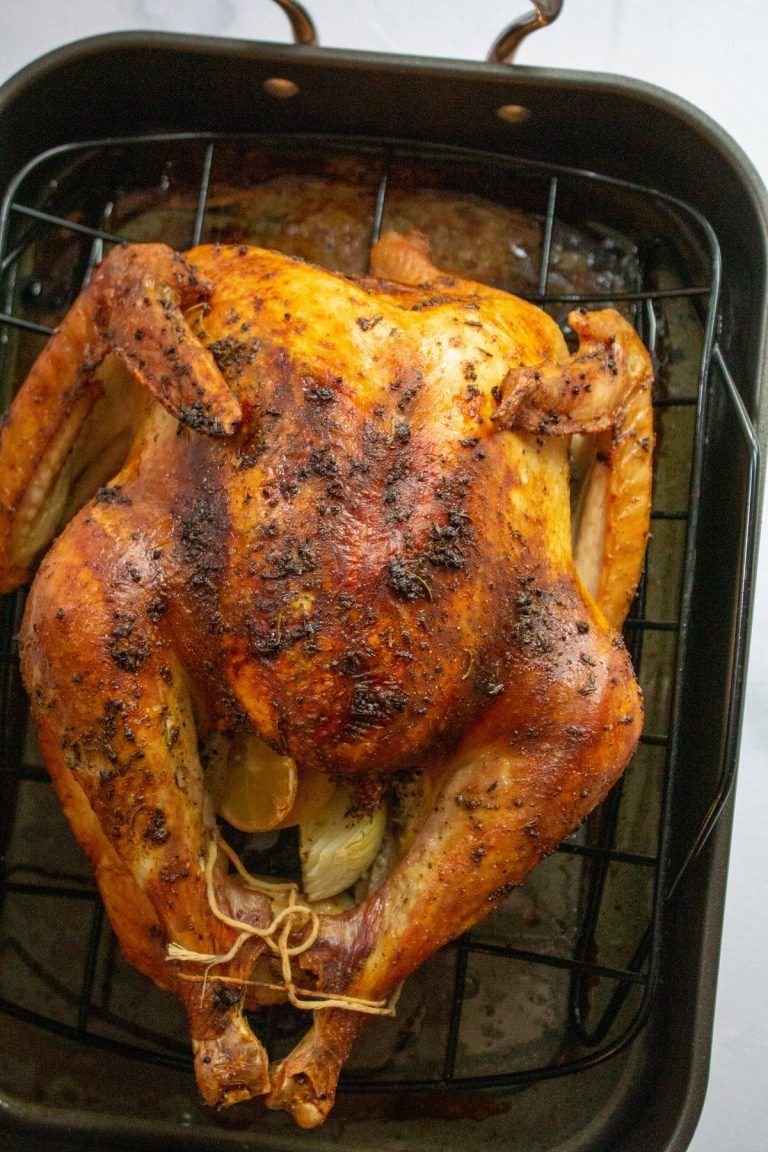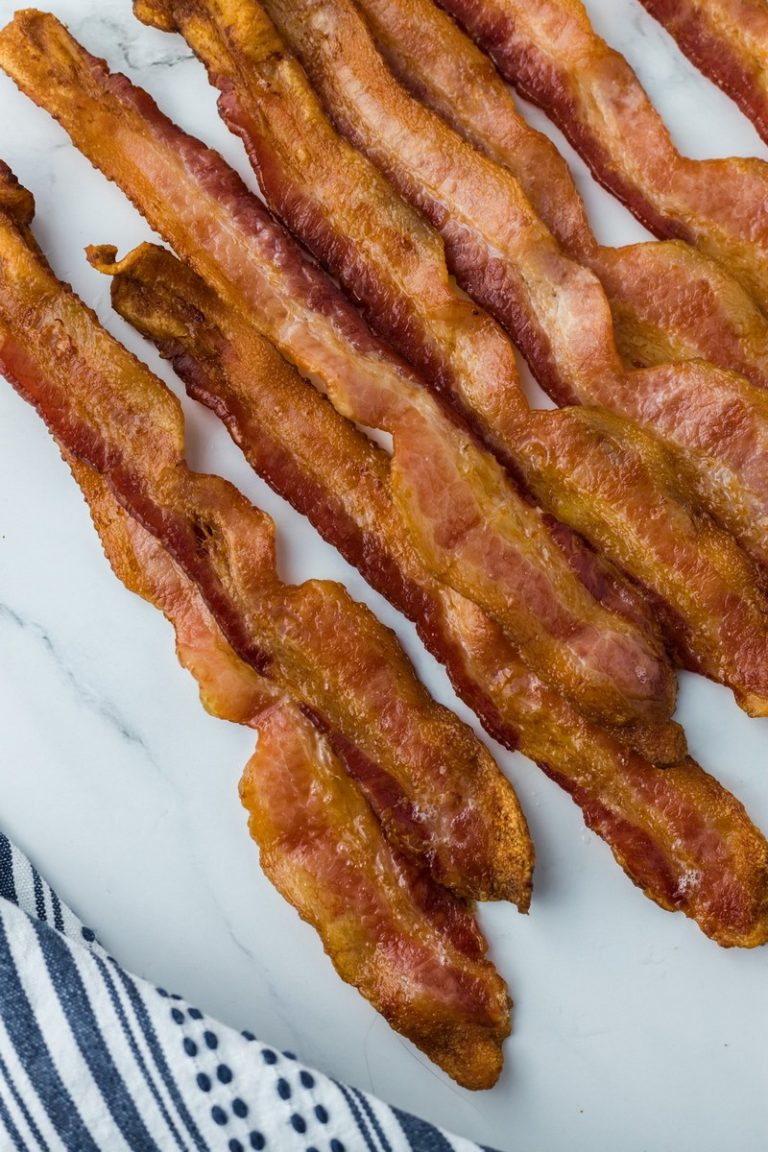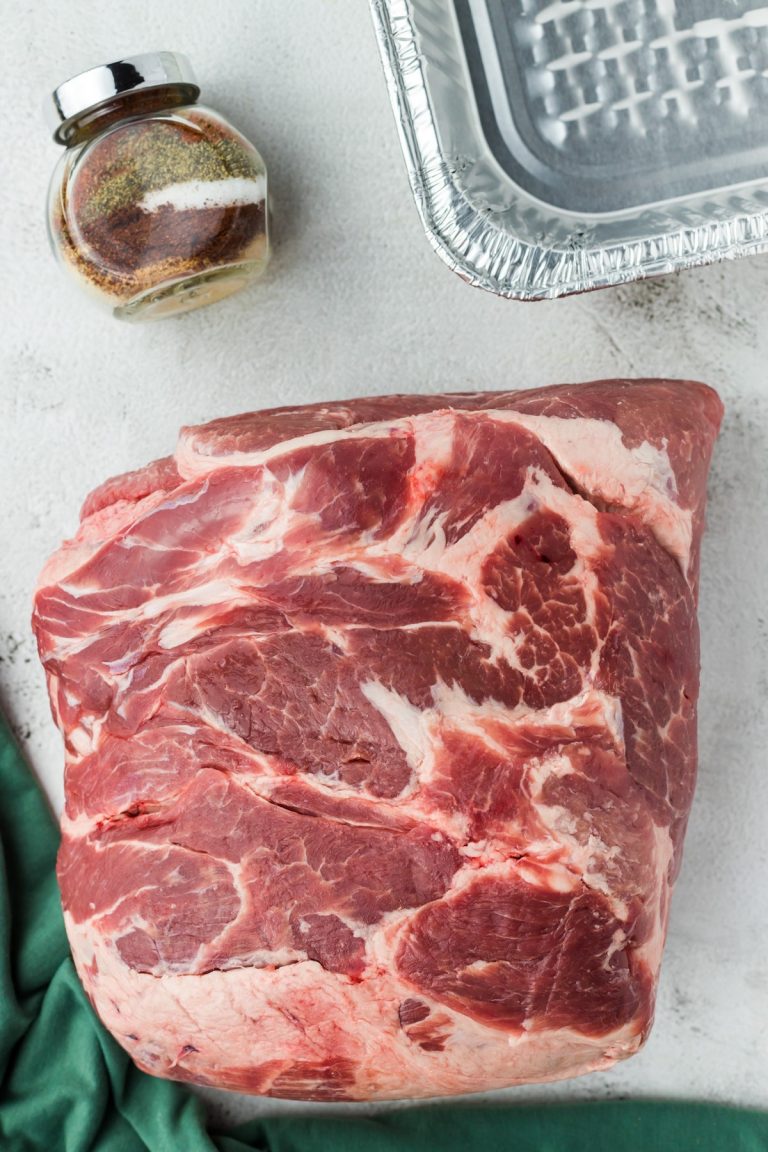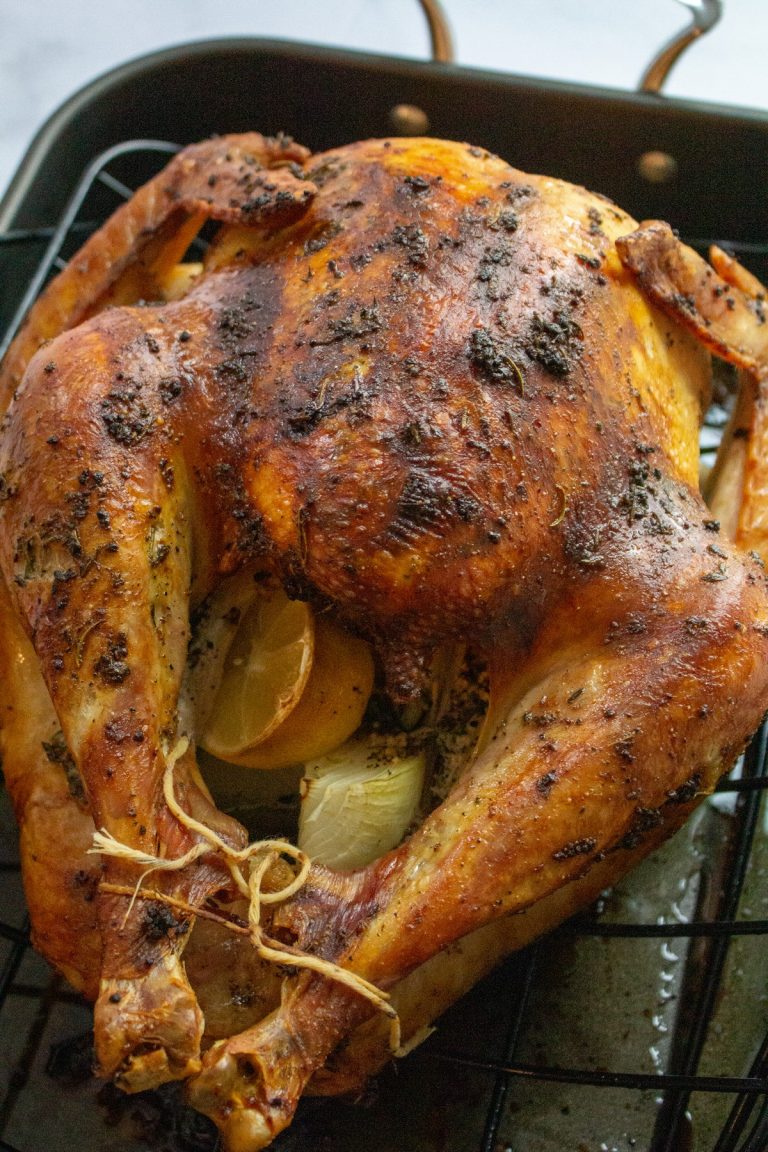Buttermilk and heavy cream are staples in Southern kitchens. They’re both key players in sweet and savory recipes, but can you substitute buttermilk for heavy cream? This detailed guide will tell you everything you need to know.
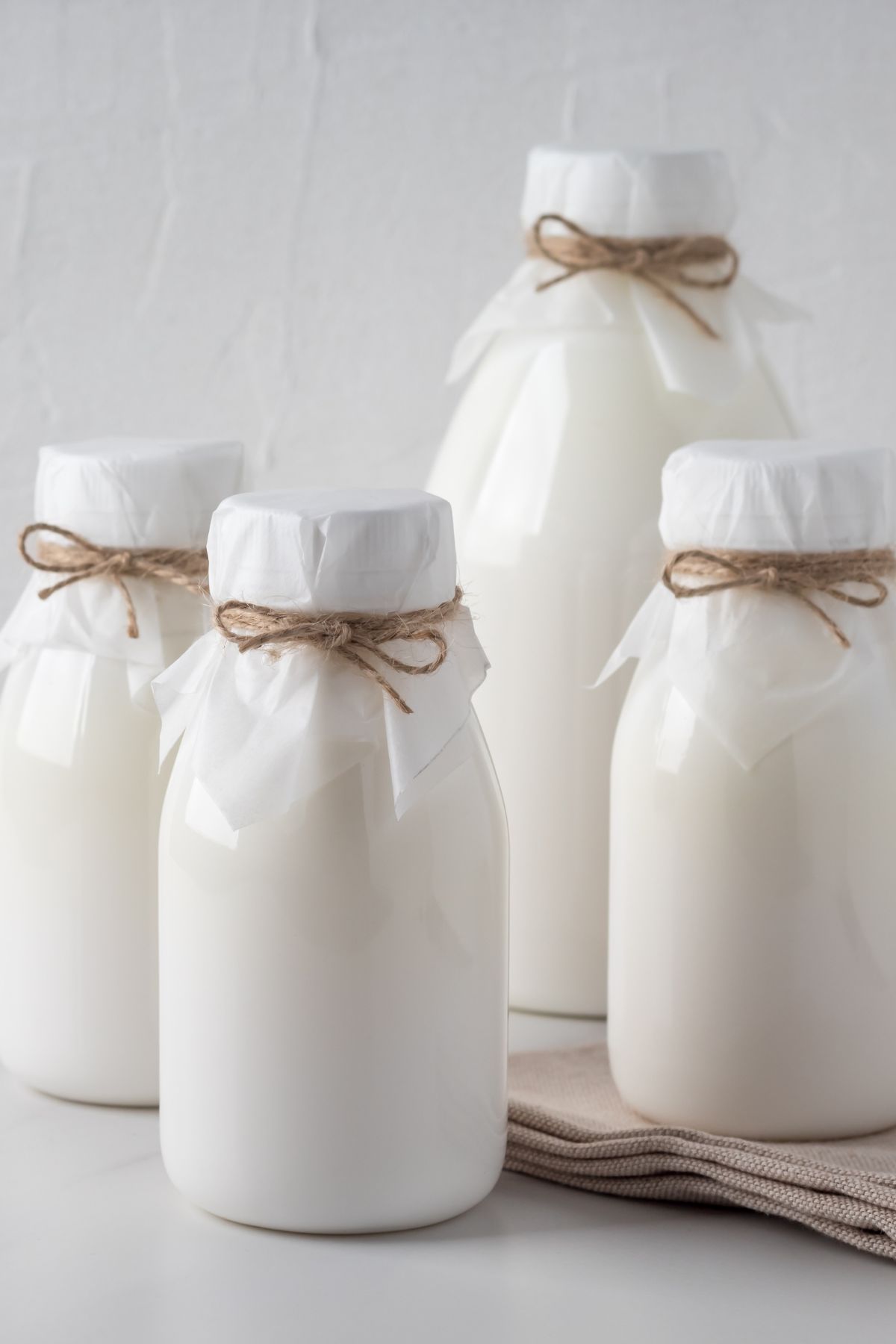
When it comes to cooking and baking, a good Southerner knows how to improvise! Whether due to dietary restrictions, unexpected shortages, or a simple desire to experiment, finding the right balance of substitutes is an essential skill.
Heavy cream, with its rich texture and silky mouthfeel, is a primary ingredient in a variety of recipes, from decadent sauces to whipped cream. But what happens when you run out?
In this post, you’ll learn when and how you can substitute it, the effects it has on your cooking, and whether buttermilk truly stands up as a worthy replacement for heavy cream.
Heavy Cream Vs. Buttermilk
Before we get into the “how,” it’s essential to understand the fundamental difference between heavy cream and buttermilk. Here’s a breakdown:
Heavy Cream
Heavy cream, also known as heavy whipping cream, is a high-fat dairy product that contains about 36-40% milk fat. This rich fat content gives heavy cream its luscious texture and ability to form stiff peaks when whipped.
It’s typically used to create whipped cream, thicken sauces, and enrich soups. Its mild, slightly sweet flavor makes it versatile, combining well with both savory and sweet dishes.
Buttermilk
Traditionally, buttermilk used to be made from the leftover liquid after churning butter out of cream. However, most buttermilk found in stores today is cultured, meaning it’s made by adding lactic acid bacteria to milk. The bacteria ferments the lactose, giving buttermilk its characteristic tangy taste and thicker consistency.
It has a 1-2% fat content and is known for adding a moist crumb and tender texture to baked goods. The acidity of buttermilk also acts as a tenderizer in marinades and can add a delicious tang to dressings and dips.
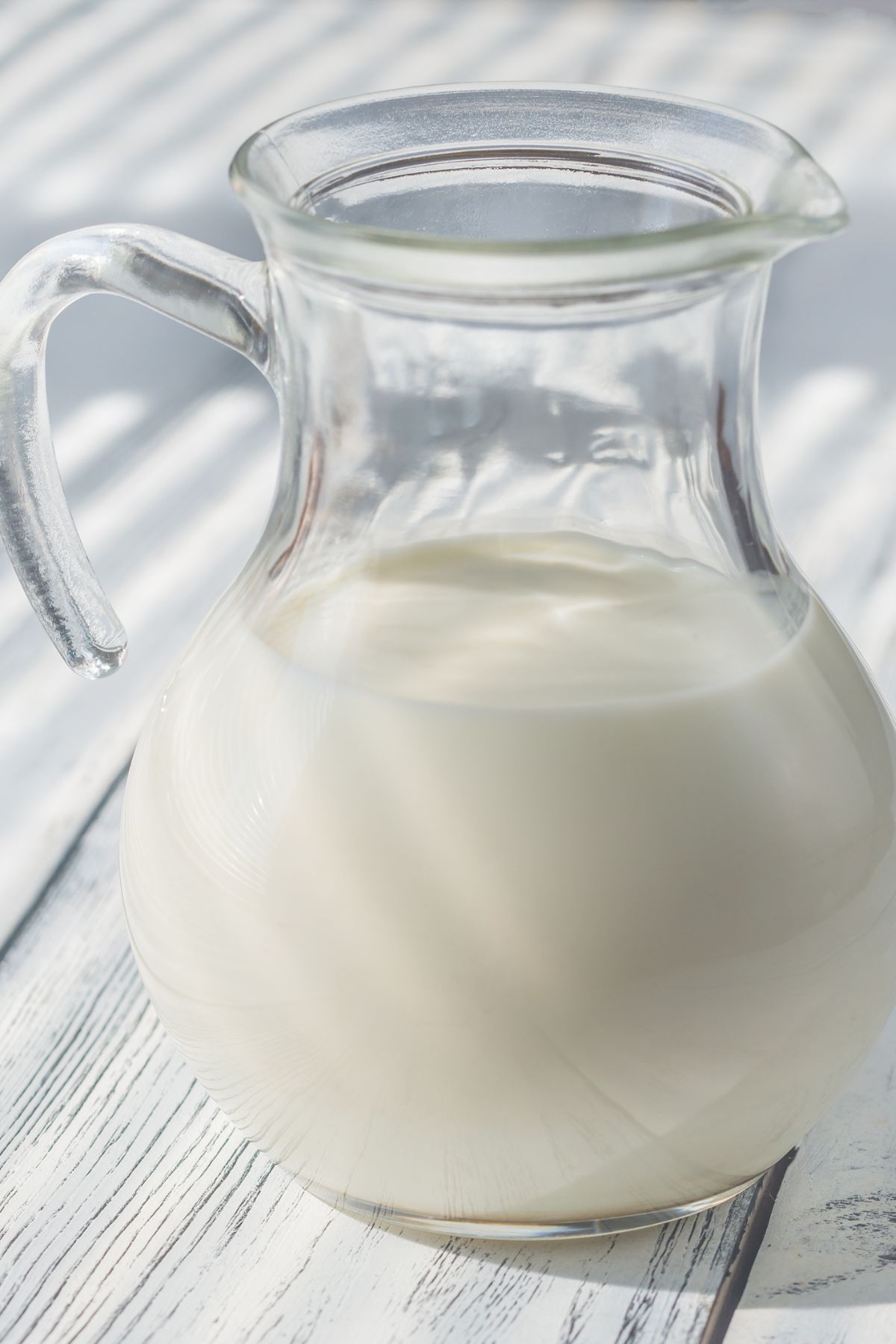
Cooking And Baking Applications
Heavy cream’s high-fat content makes it ideal for creating velvety sauces, like Alfredo sauce, and soups without curdling under heat. Its ability to whip into stiff peaks also makes it perfect for desserts like chocolate mousse or as a fluffy topping.
Buttermilk, with its tangy flavor and lower fat content, can’t replicate these characteristics. However, in baking, buttermilk’s acidity tenderizes gluten, resulting in softer textures in cakes, cornbread, and pancakes. The acid content also causes a reaction with leavening agents like baking soda, making baked goods light and fluffy.
Substituting Buttermilk For Heavy Cream
Since both dairy products have very different properties, it’s essential to know how and when it makes sense to swap one for the other.
When To Substitute
- Baking: In cakes, muffins, and bread, buttermilk can replace heavy cream to add moisture and tenderness. However, keep in mind that you will likely need to swap baking powder for baking soda since buttermilk is acidic and heavy cream is not.
- Marinades: Use buttermilk in place of heavy cream for a tangy, tenderizing effect on meats. The final flavor will be more tangy.
- Dressings and dips: Buttermilk offers a lighter, tangier option for dressings and dips where heavy cream might be too rich.
When Not To Substitute
- Whipped cream: Buttermilk won’t whip up like heavy cream, making it unsuitable for recipes requiring a fluffy, whipped consistency.
- Rich sauces: For creamy sauces that rely on the fat content of heavy cream, buttermilk won’t provide the desired richness and could curdle under high heat.
How To Make The Substitution
Substituting buttermilk for heavy cream isn’t always a straight swap! Here’s how to do it effectively while keeping a similar balance in your recipes.
Ratios And Adjustments
- General guideline: A 1:1 ratio is a good starting point when substituting buttermilk for heavy cream in most baking recipes.
- Texture adjustments: Since buttermilk is thinner, for recipes where thickness is crucial (like soups or sauces), consider reducing other liquid ingredients slightly or using a thickening agent like flour or cornstarch.
- Fat content: To compensate for the lower fat content in buttermilk, you may want to add a small amount of butter or oil to mimic the richness of heavy cream in recipes like creamy soups, custards, puddings, or mashed potatoes.
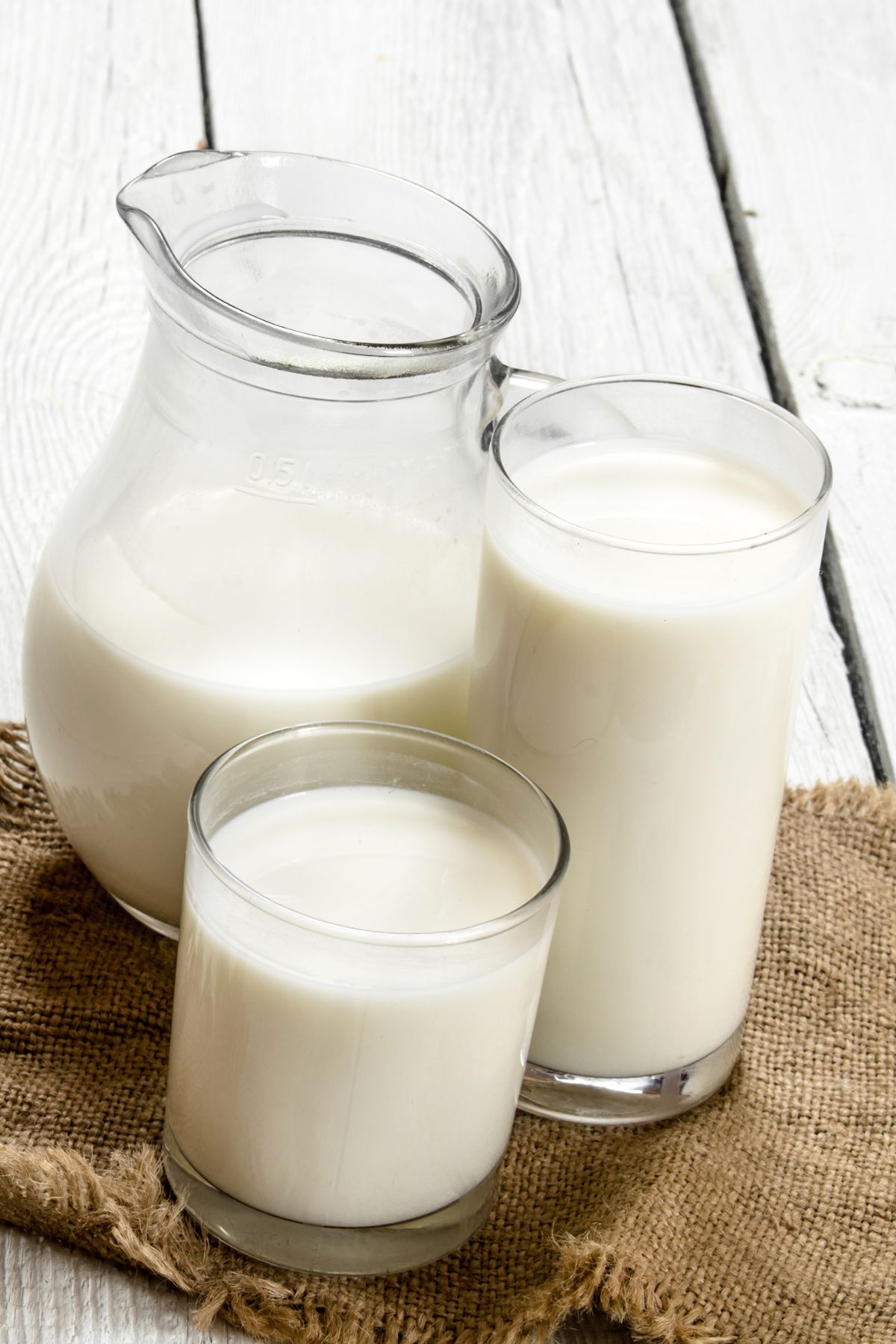
Alternative Substitutes for Heavy Cream
If buttermilk isn’t the right fit, consider these alternatives instead:
- Coconut cream: Full-fat canned coconut milk is a great swap if you’re dairy-free. Note that this milk will add a hint of coconut flavor.
- Cream and butter mixture: Mixing half-and-half cream with a bit of melted butter can mimic the fat content and consistency of heavy cream in sauce, soup, and stew recipes.
- Yogurt: If you don’t have either of the above options, you can try substituting heavy cream with Greek yogurt in savory recipes like mashed potatoes and stews.
You can also experiment with different combinations of substitutes. Try combining whole milk or cream with Greek yogurt or sour cream. Or, incorporate some butter into the mix to find out what you prefer or what goes best with the recipe.
Takeaway
In a Southern kitchen, figuring out how to swap buttermilk for heavy cream is all about getting creative! Buttermilk might not bring the same luxurious richness as heavy cream, but it has its place, especially in baking and marinades.
The trick is knowing just when and how to make the switch, tweaking texture and richness as you go. However, as with all substitutions, keep in mind that the overall taste and texture may vary.

